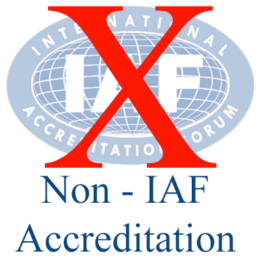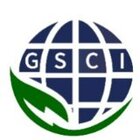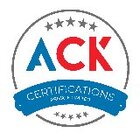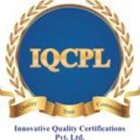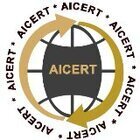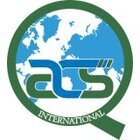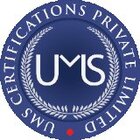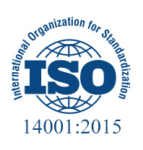
14001:2015
Environmental Management Systems
ISO 14001:2015 specifies the requirements for an environmental management system that enables organizations to enhance environmental performance, fulfill compliance obligations, and achieve environmental objectives. It provides a structured framework for identifying and managing environmental aspects, reducing negative impacts, and promoting sustainability. The standard applies to organizations of all sizes and industries, fostering continuous improvement and a life cycle approach to environmental responsibility.
Benefits of ISO 14001:2015 – Environmental Management Systems
Connect with Us today
About
BRIEF ON ISO 14001:2015
ISO 14001:2015 is an internationally recognized Environmental Management System (EMS) standard that helps organizations enhance environmental performance, comply with regulations, and promote sustainability. It provides a systematic approach to managing environmental risks, resource efficiency, and continuous improvement, ensuring that businesses minimize their environmental impact while achieving operational excellence.
CLAUSES OF ISO 14001:2015
The standard is structured into 10 clauses, with Clauses 4 to 10 being the key requirements:
- Clause 1: Scope – Defines the purpose and applicability of the standard.
- Clause 2: Normative References – Lists supporting standards referenced in ISO 14001.
- Clause 3: Terms and Definitions – Provides key terms used in the standard.
- Clause 4: Context of the Organization – Identifies internal and external environmental factors affecting the organization.
- Clause 5: Leadership – Emphasizes top management commitment and environmental policy.
- Clause 6: Planning – Covers risk-based thinking, environmental aspects, and compliance obligations.
- Clause 7: Support – Includes resource management, competence, awareness, and communication.
- Clause 8: Operation – Focuses on operational controls, emergency preparedness, and response.
- Clause 9: Performance Evaluation – Involves monitoring, measurement, analysis, and internal audits.
- Clause 10: Improvement – Deals with corrective actions and continual improvement in environmental performance.
Would you like this content tailored for social media, brochures, or training materials?
Benefits of ISO 14001:2015 – Environmental Management Systems
-
-
Enhanced Environmental Performance – Helps organizations reduce waste, energy consumption, and environmental impact.
-
Regulatory Compliance – Ensures adherence to environmental laws and reduces legal risks.
-
Cost Savings – Lowers operational costs through resource efficiency, waste reduction, and energy conservation.
-
Improved Corporate Reputation – Demonstrates commitment to sustainability, enhancing brand image and stakeholder trust.
-
Risk Management – Identifies and mitigates environmental risks, preventing potential disruptions.
-
Competitive Advantage – Provides a market edge by meeting customer and regulatory expectations for environmental responsibility.
-
Employee Engagement – Encourages a culture of environmental awareness and responsibility among staff.
-
Continuous Improvement – Promotes ongoing assessment and enhancement of environmental performance, ensuring long-term sustainability.
-
There’s a global federation for all the accreditation bodies worldwide, that regulates these accreditation bodies, which is known as International Accreditation Forum or IAF. The task of IAF is to check any sort of negligence by an accreditation body while implementation of the quality specifications and carrying out the ISO certification process
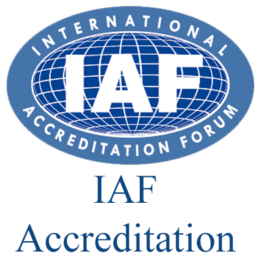
I am text block. Click edit button to change this text. Lorem ipsum dolor sit amet, consectetur adipiscing elit. Ut elit tellus, luctus nec ullamcorper mattis, pulvinar dapibus leo.
I am text block. Click edit button to change this text. Lorem ipsum dolor sit amet, consectetur adipiscing elit. Ut elit tellus, luctus nec ullamcorper mattis, pulvinar dapibus leo.











